A flood in your basement can be a homeowner’s worst nightmare. Whether caused by heavy rainfall, a burst pipe, or other unexpected events, a flooded basement can lead to extensive damage, costly repairs, and even health hazards. It’s essential to take immediate action to minimize the damage and prevent further complications. That is why this article is here to provide a step-by-step guide on how to handle a flood in your basement, including tips on how to safely assess the damage, clean up the water, and prevent future flooding.
Contents
- 1 The Damage A Flood In Your Basement Can Cause
- 2 Tips To Handle A Flood In Your Basement
- 3 Turn Off Any Electricity
- 4 Figure Out Where The Water Is Coming From
- 5 Gather Tools To Remove The Water
- 6 Suck Up As Much Water As You Can
- 7 Assess The Damage
- 8 Clean Up & Disinfect
- 9 Add Some Preventative Measures
- 10 Know How To Handle A Flood In Your Basement!
The Damage A Flood In Your Basement Can Cause

When it comes to the potential damage that a flood in your basement can cause, the effects can be far-reaching and devastating. From substantial property damage to potential health hazards, dealing with the aftermath of a flooded basement is never easy. In addition to ruined belongings and structural damage, excess moisture can lead to the growth of dangerous molds and bacteria.
This can lead to respiratory problems and other health issues, making it critical to address the situation quickly and effectively. If you want to protect your home and your family, it’s essential to take preventative measures to mitigate the risk of flooding and have a plan of action in place if the worst should happen.
Tips To Handle A Flood In Your Basement
If you do find yourself dealing with a flood in your basement, there are certain steps that you should take to assess and clean up the damage. The following guide will help you handle the situation safely and efficiently.
Turn Off Any Electricity
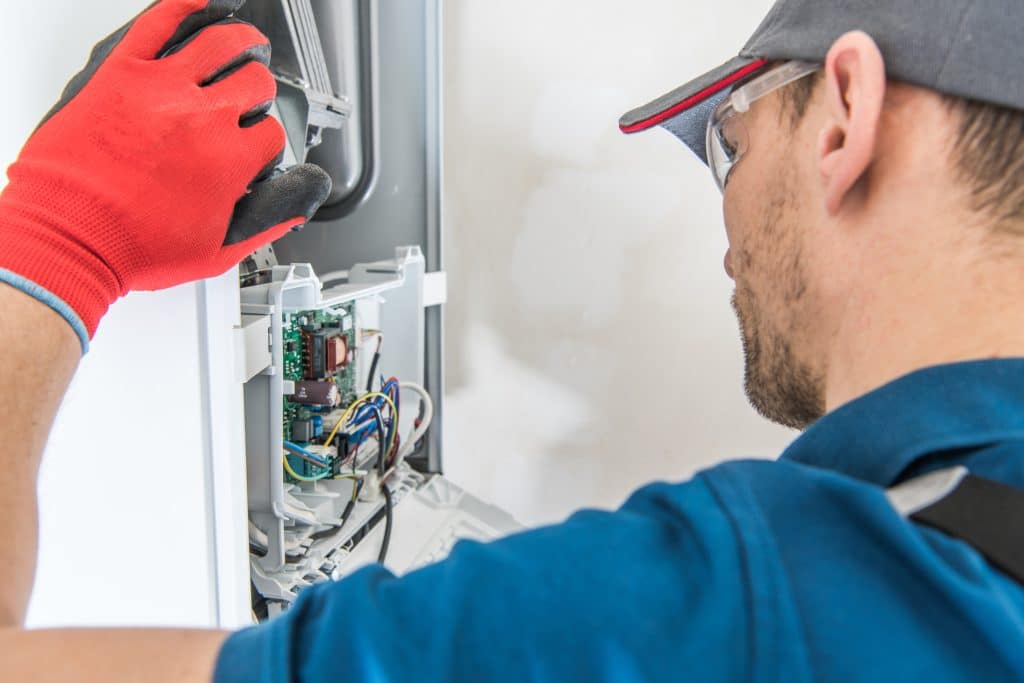
When faced with a flood in your basement, it’s important to turn off any electricity in the affected area to ensure your safety. Water and electricity do not mix, and even a small amount of moisture can be extremely dangerous. It’s not just large appliances like washers and dryers that need to be unplugged—be sure to disconnect any electronics or wiring as well.
Don’t take any chances when it comes to your safety and the safety of your home. If you’re unsure how to turn off the electricity in your basement, it’s best to call a professional electrician for assistance.
Figure Out Where The Water Is Coming From
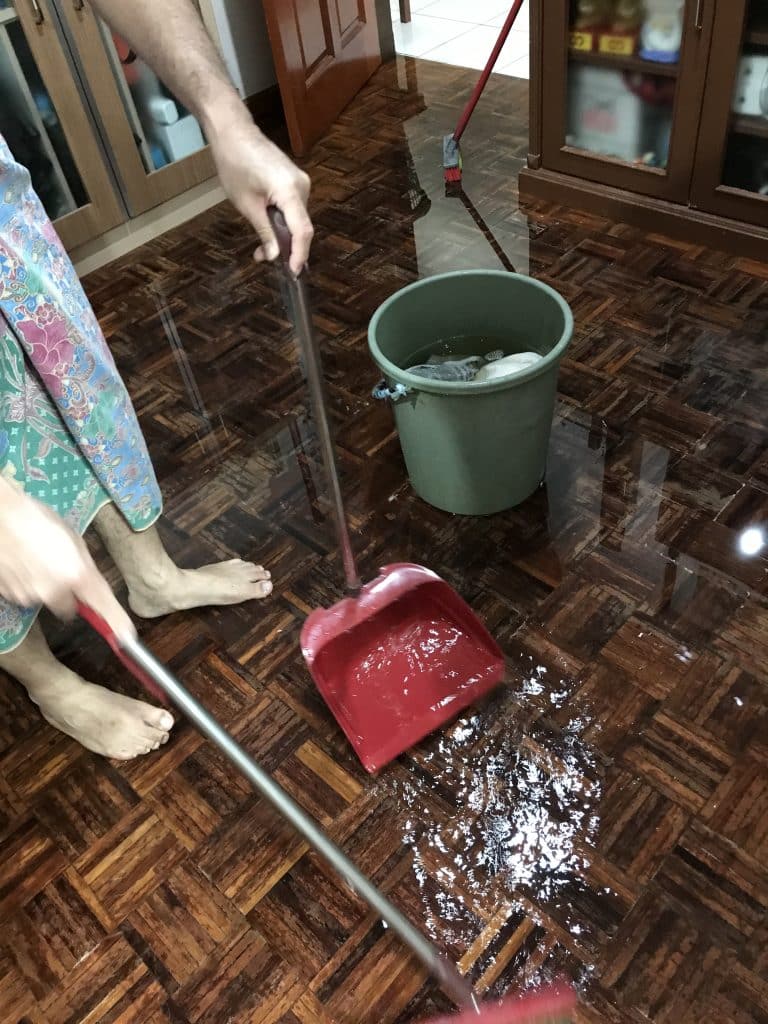
Once you have ensured that it is safe, the next step is figuring out where the water is coming from. This can be obvious in some cases, such as heavy rain or a burst pipe, but it’s not always that simple. Potential causes like a blocked or clogged drainage system may not be immediately apparent. One clue to identifying the source of the water is to pay attention to where the water is pooling in your basement.
For example, if it’s coming in from above, you might notice damp spots or discoloration on the ceiling. If it’s coming up from the floor, you may find puddles near your foundation or in other low-lying areas. Once you have identified where the water is coming from, you can take steps to stop it and begin cleaning up the damage.
Gather Tools To Remove The Water

The next thing you need to do is gather the necessary tools to remove the water as quickly and efficiently as possible. A wet/dry vacuum is a must-have, as it can suck up large amounts of water and even small debris. A sump pump can also be helpful for larger floods, as it pumps the water out of your basement and can be hooked up to a hose for easy disposal.
Additionally, having a few heavy-duty towels, a mop, and a bucket on standby can be helpful in tackling smaller pools of water. By having these tools at the ready, removing the water will be much easier and less time-consuming.
Suck Up As Much Water As You Can
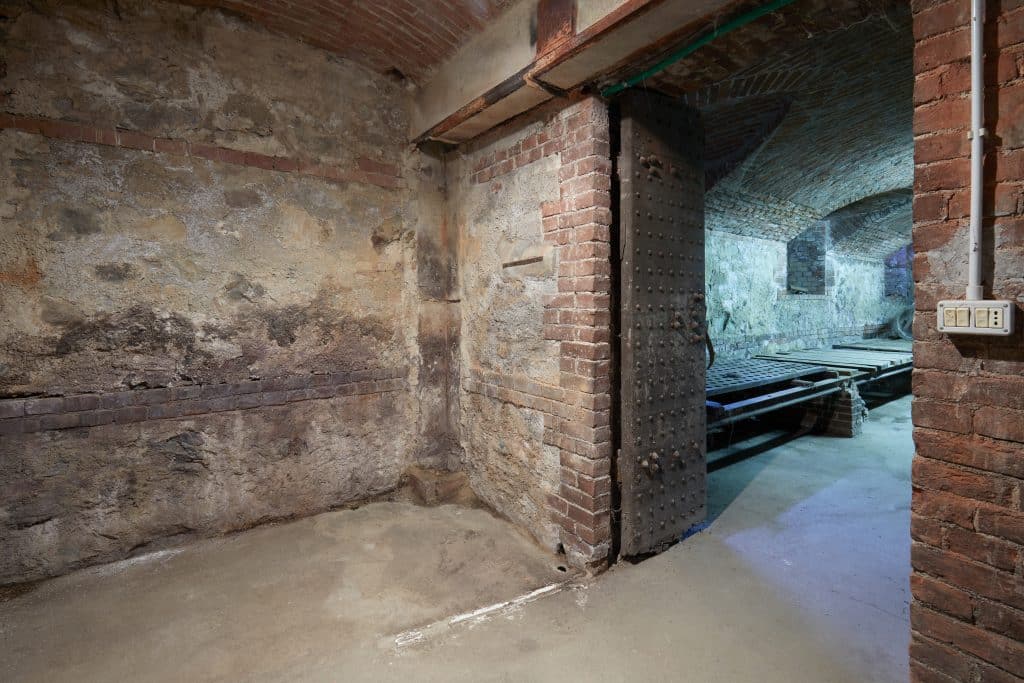
With your arsenal of tools, it’s time to start sucking up as much water as possible. Start with the wet/dry vacuum and move onto the sump pump if needed. Once most of the water has been removed, mop up any remaining puddles and use heavy-duty towels to dry out damp spots or absorb excess moisture.
This process may take some time, so be sure to be patient and thorough. Check behind furniture and other large items, as water can easily get trapped in these spots. You may also want to use a dehumidifier to help suck up the moisture in the air.
Assess The Damage
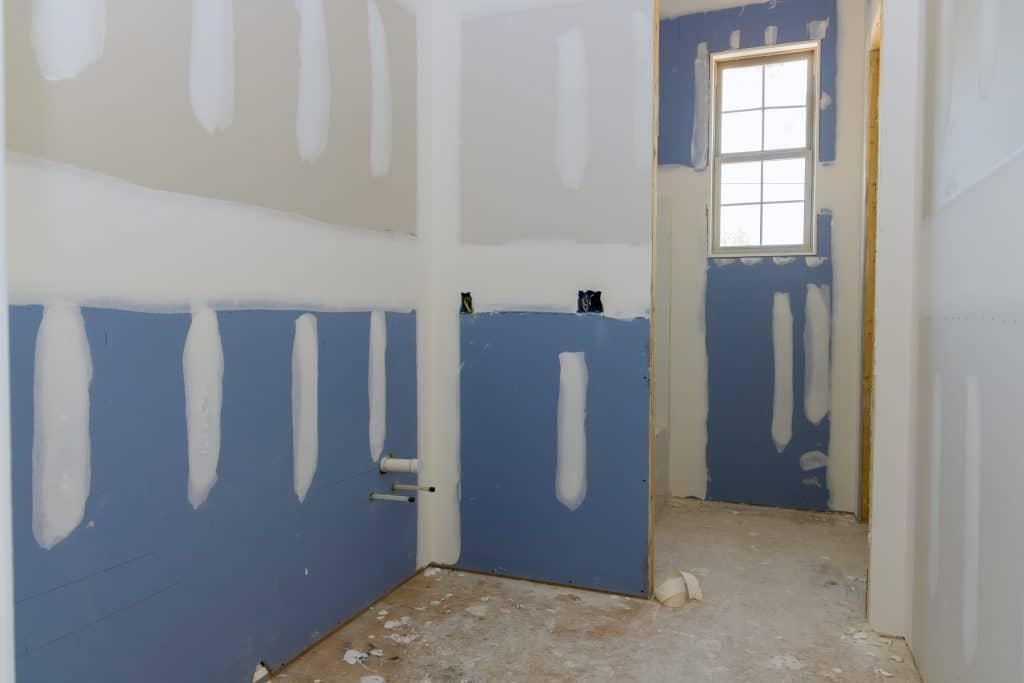
After removing most of the water and allowing your basement to dry out, it’s time to assess the damage. Look for any signs of structural damage or mold growth, as these can be serious issues that require professional attention. If you suspect there is significant damage, contact a contractor right away.
Also, check anything that has been in contact with the flood waters, as it may need to be thrown away. Items like furniture, carpets, and clothing can harbor bacteria and other contaminants that could make you sick.
Clean Up & Disinfect
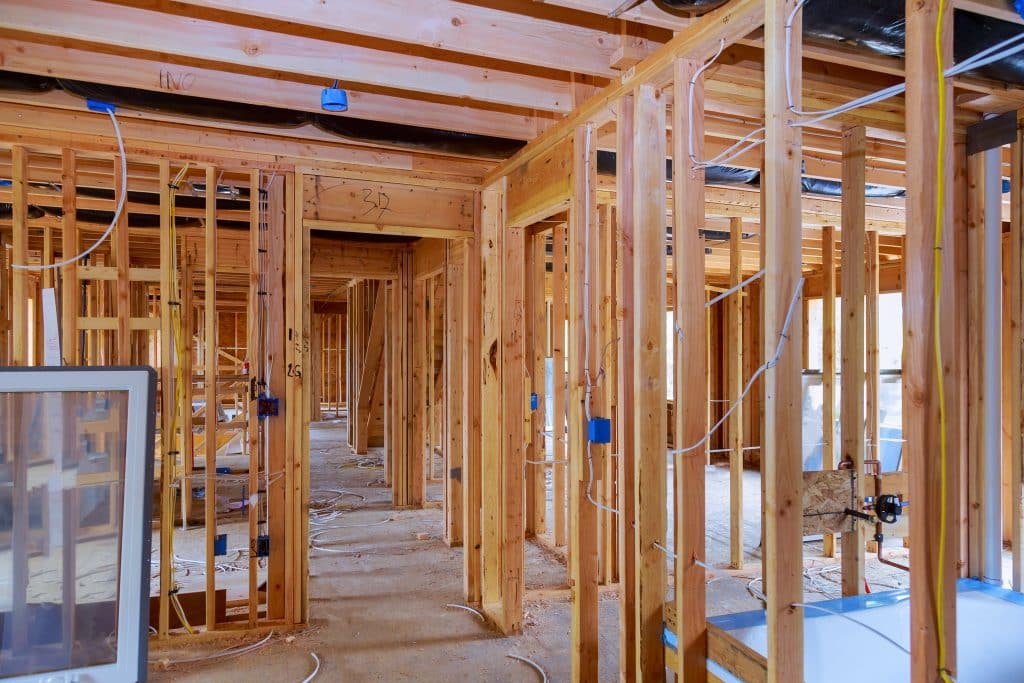
Once all the water has been removed and the damage assessed, it’s time to start cleaning up the affected area. Begin by removing any debris or furniture that was affected by the flood, then use an appropriate cleaning solution to disinfect and remove any lingering bacteria. Make sure to pay special attention to areas like baseboards and corners, as these are prime targets for mold growth.
Be sure to wear protective gear like gloves and a face mask while you clean, as the flood waters may contain hazardous materials. After cleaning up everything, monitor the affected area for any signs of mold growth over the next few days.
Add Some Preventative Measures
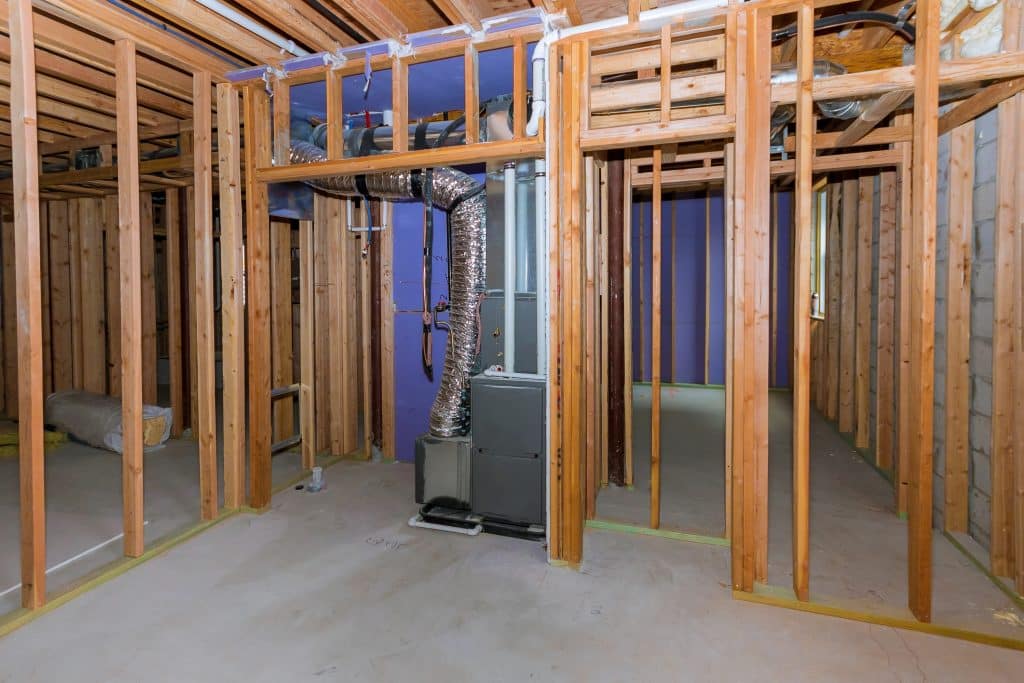
Finally, once the cleanup is complete, it’s a good idea to implement some preventative measures. Check your plumbing system for any signs of blockages or weak spots, and consider installing a sump pump if you don’t already have one. Additionally, consider sealing up any cracks in your foundation to help prevent water from seeping in.
If you want to go the extra mile, you can also install a backup generator or a flood alarm system to help alert you in the event of future floods. These options may require some extra work and money, but they can be invaluable in providing you with peace of mind.
Know How To Handle A Flood In Your Basement!
Knowing how to handle a flood in your basement can be a lifesaver. With the right tools on hand and taking the proper steps, you can quickly and effectively remove any water and start cleaning up the damage. Just remember to assess the situation properly and take the necessary precautions to ensure your safety. With some patience and hard work, you can ensure your basement is dry and free of hazardous materials.



